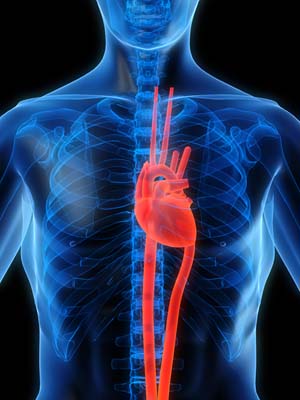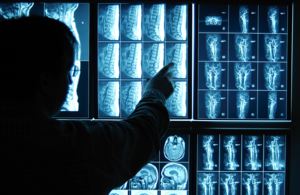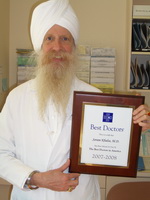 We all know that the popularity and importance of integrative medicine in the United States has been growing rapidly over the last 10 to 15 years.
We all know that the popularity and importance of integrative medicine in the United States has been growing rapidly over the last 10 to 15 years.
Now a new study published in July 2009, from the National Center for Complementary and Alternative Medicine, interviewed more than 23,000 adults and asked about their use of complementary treatments. Almost 40% of adults were found to be using some type of complementary medicine. In 2007 they had spent $33.9 billion on these practices. This accounted for over 11% of the public's total out-of-pocket health expenses. The last time that these numbers had been measured was in 1997 and at that time the out-of-pocket expenses were $27 billion.
Dr. Tracy Gaudet, the Executive Director of Duke Integrative Medicine which is part of the Duke University health system was quoted as saying "Whatever this amount of the population is doing is no longer a fringe. We have to figure out what they are looking for but they can't find in conventional medicine."
I think all my patients know what people are looking for in integrative medicine! We all want to care for the underlying imbalances that create chronic symptoms and chronic disease. None of us are looking for only symptomatic relief or symptomatic treatment.


 Many of my patients know of my passion for finding and preventing disease at a very early stage. For this reason many of my patients have spent the money, (approximately $1000) to get a CT Angiogram of their heart. In the last two years since I’ve been ordering this test, I have saved approximately 11 of my patient’s lives. By this, I mean that we found more plaque on their heart than we had ever expected. Procedures, either angioplasty, or in two cases coronary artery bypass surgery fixed the patient’s problem.
Many of my patients know of my passion for finding and preventing disease at a very early stage. For this reason many of my patients have spent the money, (approximately $1000) to get a CT Angiogram of their heart. In the last two years since I’ve been ordering this test, I have saved approximately 11 of my patient’s lives. By this, I mean that we found more plaque on their heart than we had ever expected. Procedures, either angioplasty, or in two cases coronary artery bypass surgery fixed the patient’s problem. Integrative medical doctors for many decades have said that the terrain of the body is a contributing factor to the development and spread of cancer. Specifically, in this approach the three factors that determine this "terrain" are acid-base balance, antioxidant status, and resistivity, which is a measurement of the ability of the body's electricity to flow through a given area. My cancer patients know that I talk with them about their pH (acid-alkaline) balance as well as their antioxidant status.
Integrative medical doctors for many decades have said that the terrain of the body is a contributing factor to the development and spread of cancer. Specifically, in this approach the three factors that determine this "terrain" are acid-base balance, antioxidant status, and resistivity, which is a measurement of the ability of the body's electricity to flow through a given area. My cancer patients know that I talk with them about their pH (acid-alkaline) balance as well as their antioxidant status.  I am honored to announce to my patients and friends that I have just been nominated and elected into "Best Doctors of America."
I am honored to announce to my patients and friends that I have just been nominated and elected into "Best Doctors of America."


